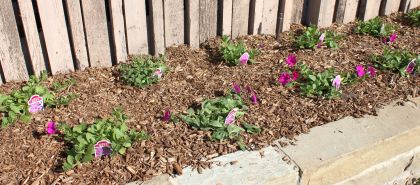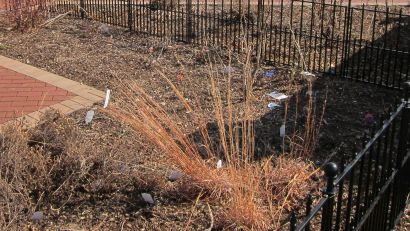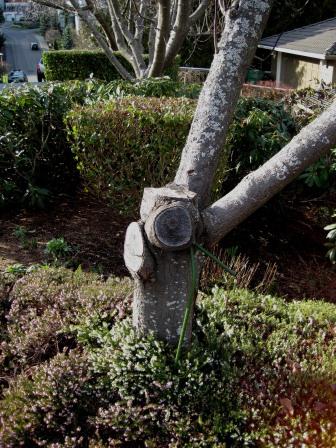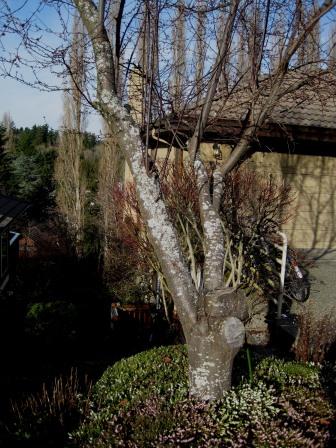This week I got a complimentary copy of Urban Farm, dedicated to “sustainable city living.” The cover story is Lasagna Giardino – follow this recipe for a lasagna garden that grows perfect plants – Italian or not.
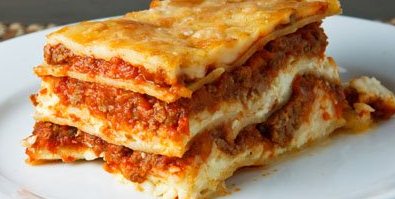
This is not a new idea, but was popularized several years ago as a way of preparing soil for planting. The article relates the steps:
1) Prepare the ground by mowing the lawn
2) Dig up the first 12″ of soil (double digging)
3) Place a layer of “noodles” (paper and cardboard are popular) – the low nutrient material
4) Place a layer of “sauce” (the green material)
5) Repeat as often as you like and “let it cook”
I like the first step of this. But my second step would be:
2) Add a thick layer (12″) of arborist wood chips and “let it cook.”
Double digging the soil 12″ isn’t necessary: we do it because it’s hard work, and we think we need to put elbow grease into the project. Making layers of noodles and sauce isn’t necessary: we do it because appeals to us -lasagna is a tasty comfort food.
There’s a lot of damage that this “recipe” can cause. Double digging the soil 12″ destroys soils structure. Don’t do it. The layers of noodles and sauce (especially the sauce) can create an overload of plant nutrients. Furthermore, the “noodle” layers – the sheet mulches – impede water and air movement. They’re not needed to keep the grass from growing through. Wood chips do this just fine on their own. And don’t worry about that initial 12″ of chips. Within a few weeks it will settle to about 8″. Let it sit for several weeks. Then pull aside some of the chips and take a look. If the process is done, the grass and/or weeds will be dead and decomposing – a natural compost layer. You can then plant whatever you like. Reuse the chips somewhere else in your garden.
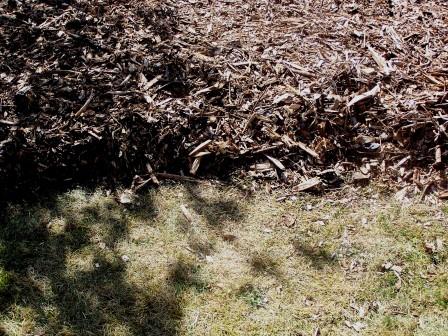
It doesn’t look like lasagna, but it’s a heck of a lot easier and more closely mimics a natural mulch layer than lasagna does.
